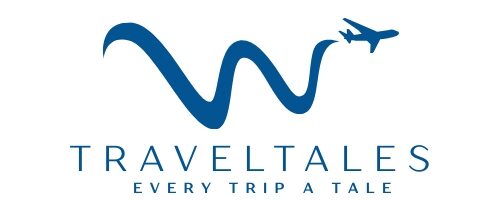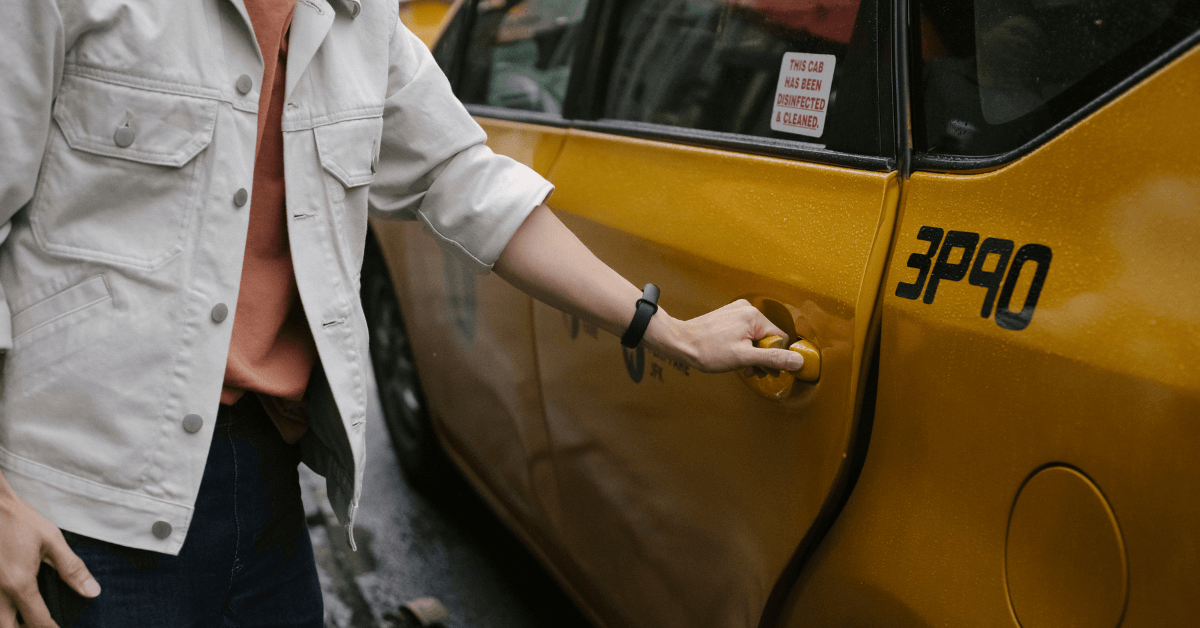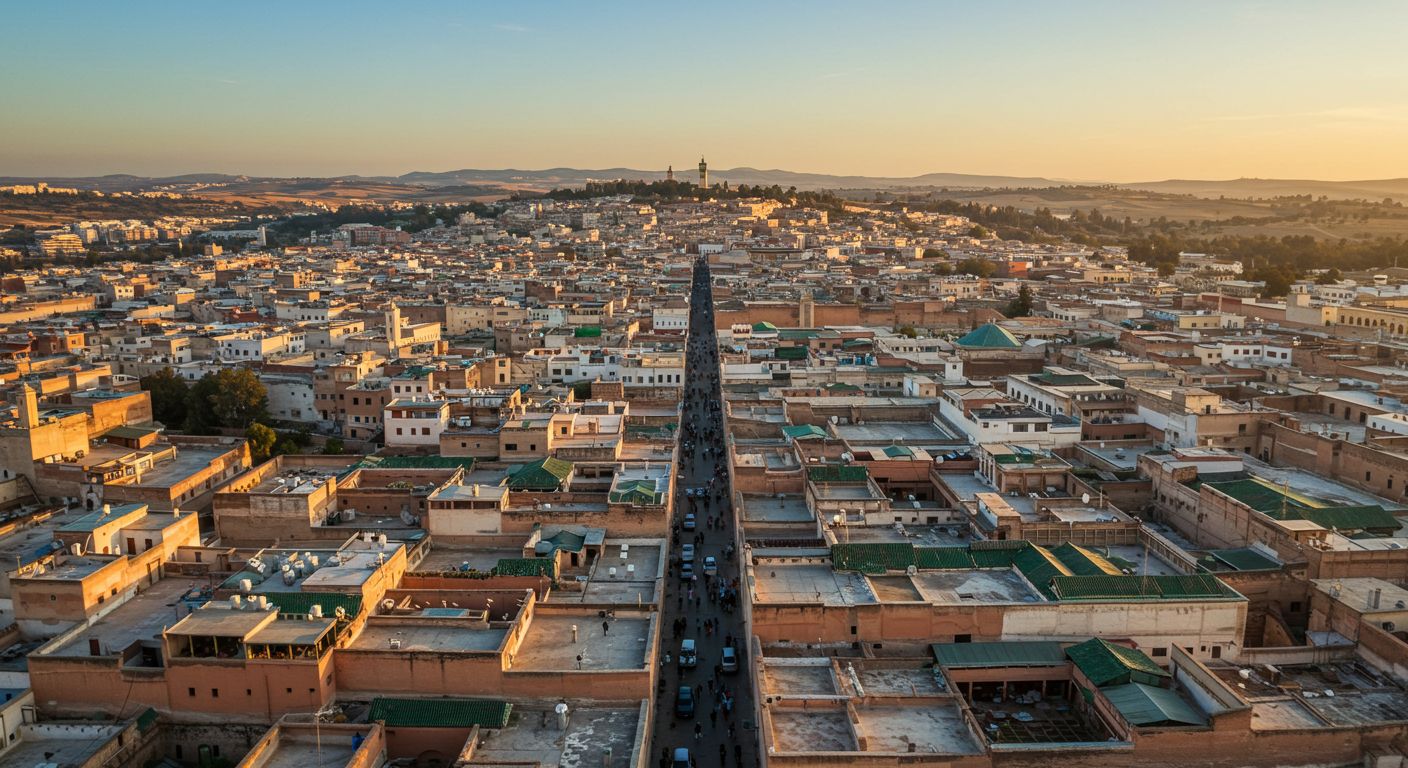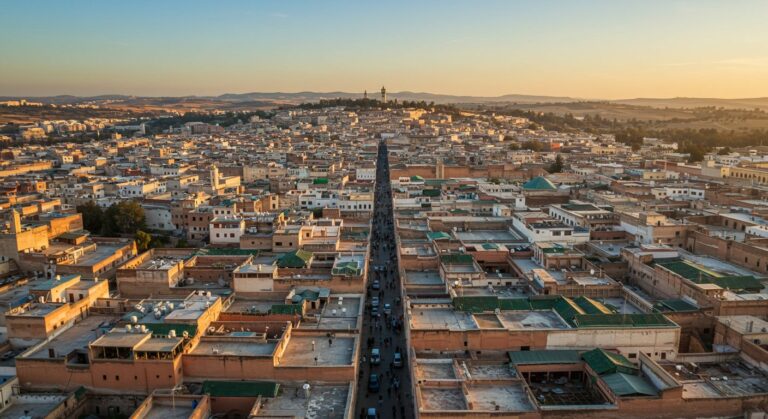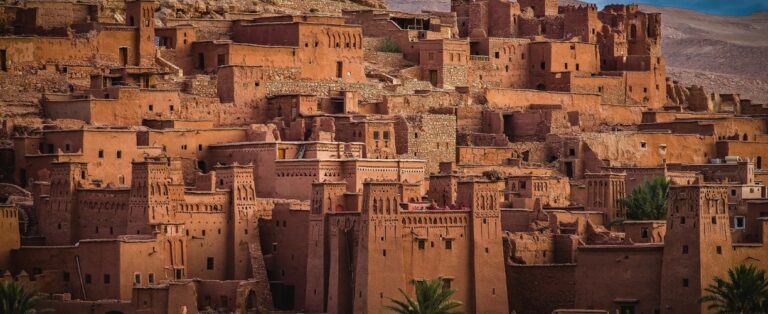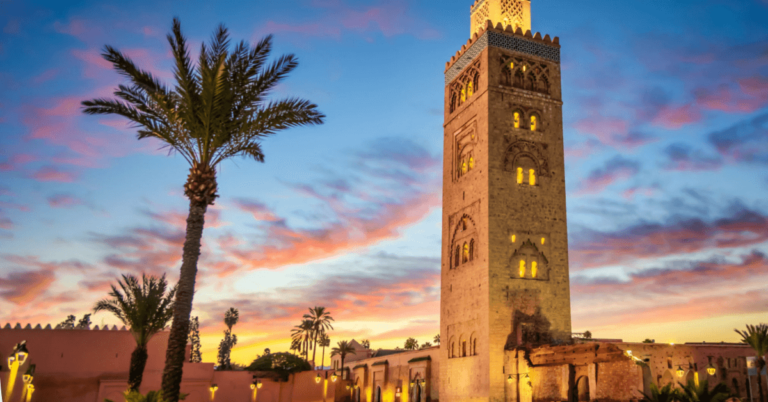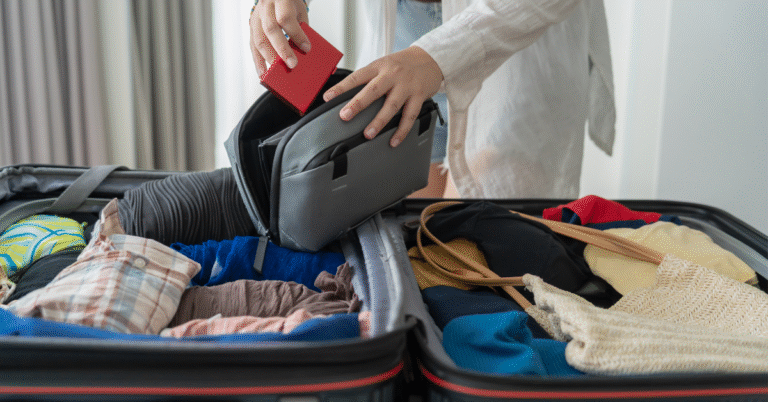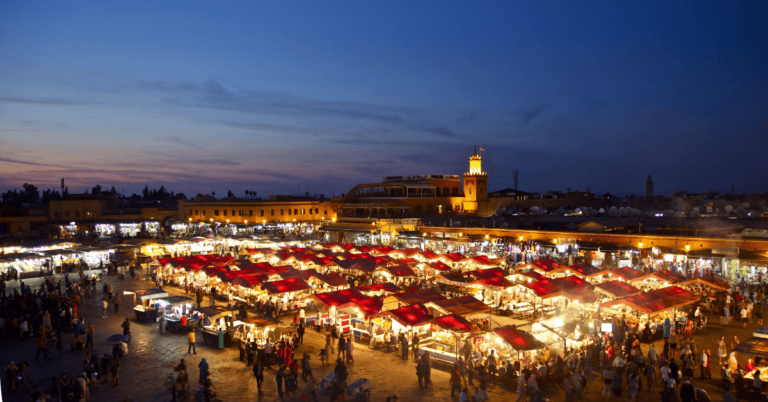Getting Around Morocco: Transportation Tips
Morocco is one of those countries where the journey matters just as much as the destination. The road from Marrakech to the Sahara, the train ride along the coast, or even a shared taxi through the mountains—each leg of the trip brings you closer to the heart of the country. I’m Ahmed, a traveler who’s taken most routes across Morocco sometimes by train, sometimes by bus, and often by instinct. If you’re planning your trip, transportation might seem overwhelming at first, but once you know the basics, it all becomes part of the adventure. For broader planning advice, take a look at this complete guide to traveling to Morocco, where I break down destinations, culture, and local experiences.
Trains: easy, cheap, and sceni
If you’re traveling between major cities like Casablanca, Rabat, Fes, or Marrakech the train is your best friend. Operated by ONCF (the national railway company), Moroccan trains are generally reliable, clean, and inexpensive.
There are two classes: first class (assigned seating, air-conditioned, a bit more comfort) and second class (no seat reservation, more crowded during peak hours) Both are affordable.
The newer Al Boraq high-speed train now connects Tangier to Casablanca in about two hours. It’s sleek, fast, and a good way to see Morocco from a modern lens.
Buy your ticket at the station, or in advance online if you’re traveling on weekends or holidays. Trains don’t go to every corner of the country, but for major routes, they’re ideal.
Buses: wide coverage and budget-friendly
If you’re traveling between major cities like Casablanca, Rabat, Fes, or Marrakech the train is your best friend. Operated by ONCF (the national railway company), Moroccan trains are generally reliable, clean, and inexpensive.
There are two classes: first class (assigned seating, air-conditioned, a bit more comfort) and second class (no seat reservation, more crowded during peak hours). Both are affordable.
The newer Al Boraq high-speed train now connects Tangier to Casablanca in about two hours. It’s sleek, fast, and a good way to see Morocco from a modern lens.
Buy your ticket at the station, or in advance online if you’re traveling on weekends or holidays. Trains don’t go to every corner of the country, but for major routes, they’re ideal.
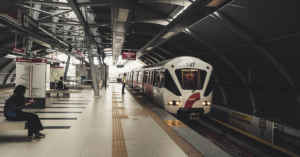
Grand taxis: for short hops and shared rides
Grand taxis are old Mercedes sedans (or now often newer Dacia Lodgys) that operate like shared long-distance taxis. Each car fits six passengers two in the front, four in the back and they wait to fill up before leaving.
You can find grand taxi stands at bus stations or on the edge of town. Prices are fixed per seat, and they’re useful for getting between smaller towns or villages.
If you’re with friends or want more space, you can pay for the full taxi just negotiate the price before getting in. It’s a great option for flexible day trips.
Petit taxis: city travel made easy
In cities, petit taxis are the go-to for short rides. Each city has its own color red in Marrakech, blue in Rabat, beige in Casablanca. They only take three passengers max.
Always ask the driver to turn on the meter (“le compteur”). In tourist-heavy areas, some may refuse. In that case, agree on a price before starting. Rides are usually cheap just a few dollars.
Note that petit taxis don’t leave city limits. If you need to travel between towns, look for a grand taxi or a bus.
Renting a car: freedom with a few caveats
Driving in Morocco gives you flexibility, especially if you want to explore rural areas, the Atlas Mountains, or the Sahara at your own pace.
Roads are generally in good shape, especially highways between major cities. But once you’re off the main routes things get rougher narrow lanes, livestock on the road, limited signage.
You’ll need an international driver’s license and a credit card. Rental prices are reasonable, but insurance is key. Always check the car before leaving.
One thing to know: gas stations in remote areas may not accept cards. Carry some cash, just in case.
Flying: fast, but not always necessary
Domestic flights exist, but they’re rarely the best option unless you’re on a tight schedule. The most useful routes are:
- Casablanca to Dakhla or Laâyoune (in the far south)
- Casablanca to Tangier or Ouarzazate (to save a long drive)
Royal Air Maroc handles most of these flights, and baggage policies vary. Internal flights often cost more than train or bus options, so weigh the time saved against your budget.
Getting to the desert: Merzouga and Zagora
Many travelers dream of the Sahara. Reaching it requires time, but it’s worth every mile.
To Merzouga (Erg Chebbi), the journey usually starts in Marrakech or Fes. Most people book multi-day tours, which include transport, lodging, camel rides, and meals. You can also take a bus (Supratours runs a direct night route from Fes), but the drive is long.
To Zagora (Erg Chigaga), tours often leave from Marrakech. The dunes are smaller, but still magical—and easier to reach on a tight schedule.
Travel tips: moving around like a local
-
- Always carry cash. Cards are accepted in hotels and some restaurants, but many taxis, buses, and shops are cash-only.
-
- Buy a SIM card at the airport or in the city. Maroc Telecom or Orange offer good coverage for maps and bookings.
-
- Don’t overschedule. Things move slower than expected. Leave room for surprise and delays.
-
- Ask locals. They’re often your best source of up-to-date transport info. People love to help.
Final thoughts
Getting around Morocco isn’t just about getting from A to B it’s part of how you feel the country. On a bus through the mountains or in a shared taxi with strangers, you start to see the rhythm of everyday life.
And if you’re wondering where to rest between trips, whether in a riad or a luxury hotel, check out my guide to where to stay in Morocco. It covers traditional lodging, local guesthouses, and places with real charm.
